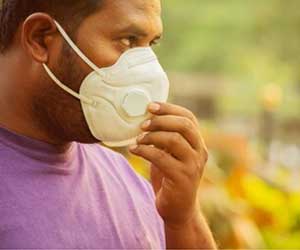“Although the global COVID-19 pandemic has posed many challenges and stressors for women, our research suggests the increase in Takotsubo diagnoses was rising well before the public health outbreak,” said Susan Cheng, MD, MPH, MMSc, director of the Institute for Research on Healthy Aging in the Department of Cardiology at the Smidt Heart Institute and senior author of the study. “This study further validates the vital role the heart-brain connection plays in overall health, especially for women.”
What the Data Shows
Cheng and her research team used national hospital data collected from more than 135,000 women and men who were diagnosed with Takotsubo syndrome between 2006 and 2017. While confirming that women are diagnosed more frequently than men, the results also revealed that diagnoses have been increasing at least six to 10 times more rapidly for women ages 50 to 74 than for any other demographic.
Additional findings include:
Of the 135,463 documented cases of Takotsubo cardiomyopathy, the annual incidence increased steadily in both sexes, with women contributing most cases (83.3%), especially those over 50.
In particular, researchers observed a significantly greater increase in incidence among middle-aged women and older women, compared to younger women.
For every additional diagnosis of Takotsubo in younger womenor men of all age groupsthere were 10 additional cases diagnosed for middle-aged women and six additional diagnoses for older women.
This latest study is the first to ask whether there are age-based sex differences and if case rates may be changing over time.
The Brain and Heart Connection
As Cheng, who also serves as professor of cardiology and the Erika J. Glazer Chair in Women’s Cardiovascular Health and Population Science, explains, the way the brain and nervous system respond to different types of stressors is something that changes as women age.
“There is likely a tipping point, just beyond midlife, where an excess response to stress can impact the heart,” said Cheng, director of Cardiovascular Population Sciences in the Barbra Streisand Women’s Heart Center. “Women in this situation are at especially affected, and the risk seems to be increasing.”
The researchers are next investigating the longer-term implications of a Takotsubo diagnosis, molecular markers of risk, and the factors that may be contributing to rising case rates.
The Smidt Heart Institute has played a leading role in identifying female-pattern heart disease and conditions, developing new diagnostic tools and advancing specialized care for women.
Although medical professionals understand the connection between stress and heart disease risk are critically important, there is still a lot to discern.
“This particular study helps to clarify that women of a certain age range are disproportionately at higher risk for stress cardiomyopathy, and that the risk is increasing,” said Christine M. Albert, MD, MPH, chair of the Department of Cardiology at the Smidt Heart Institute. “The upswing could be due to changes in susceptibility, the environment, or both. More work is needed to unravel the underlying disease drivers in Takotsubo condition and other women-dominated conditions.”
Source: Eurekalert



